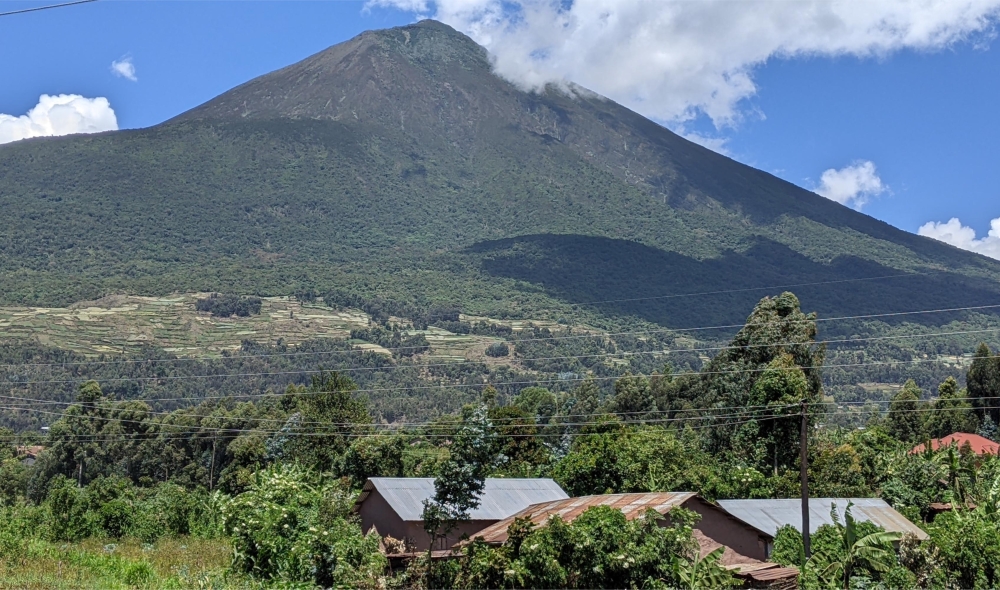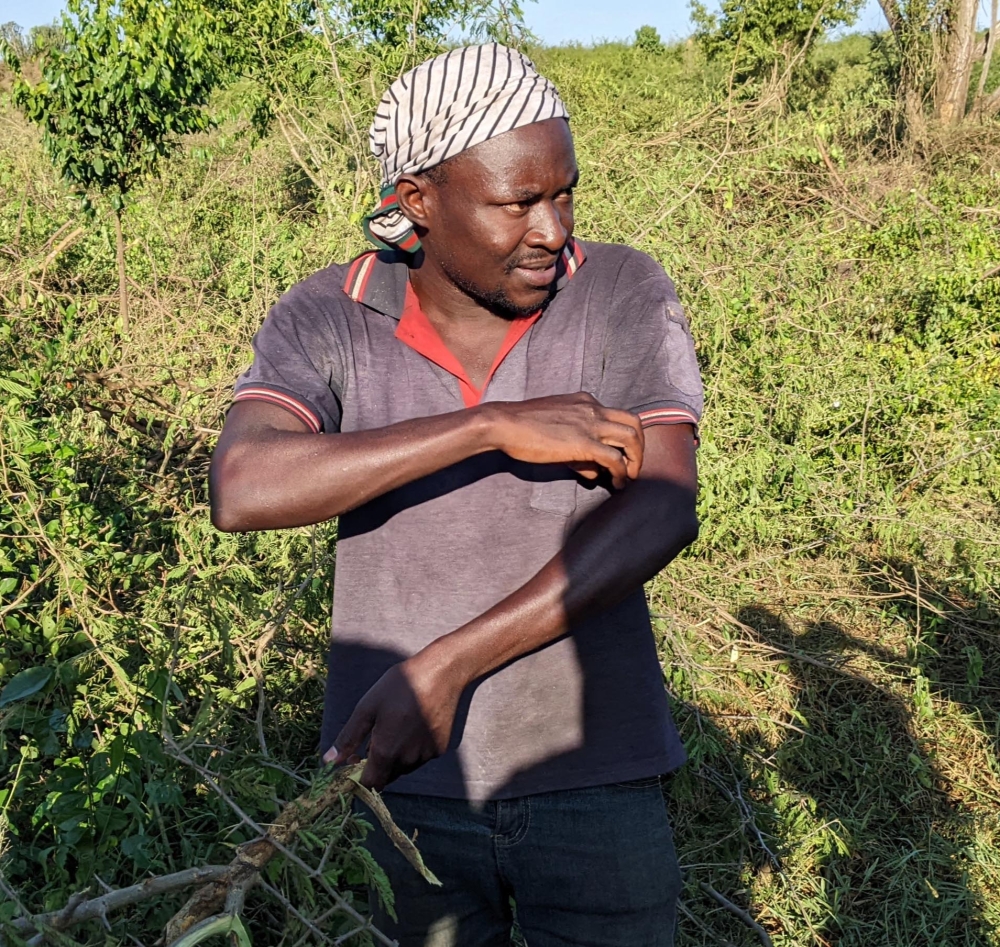

The Virunga Mountains, a shared natural heritage of Rwanda, DR Congo, and Uganda, is currently facing an escalating threat from invasive plant species, a phenomenon aggravated by the far-reaching impacts of climate change.
Recent reports have brought attention to the rapid proliferation of alien species, spread through various vectors including wind, wildlife, and human activity in and around the protected areas.
Among the concerning invaders are the alnus alnobetula, commonly known as the green alder or mountain alder, and the fast-growing black wattle, scientifically termed acacia mearnsii, both originating from regions outside the Virunga Mountains.


The incursion of these alien plants poses a significant risk of human-wildlife conflict, as it might drive animals to venture beyond the protected park areas in search of alternative food sources.
ALSO READ: &039;Buffalo wall' in virunga mountains reduces human-wildlife conflict
In a bid to address the pressing issue, the 'Buffalo Wall' initiative has been introduced in the Virunga Mountains, aimed at reducing human-wildlife conflicts and curb the spread of invasive species, according to Fidèle Ruzigandekwe, Deputy Executive Secretary for Programmes at Greater Virunga Transboundary Collaboration (GVTC).
Acknowledging the gravity of the situation, Ruzigandekwe emphasizes the necessity of comprehensive research to better understand the complex issue and devise effective removal strategies. He underlines the urgency for a collaborative effort among the concerned countries to prioritize studies on climate change, trans-boundary tourism, and conservation activities within the Virunga Mountains.
According to Francis Bayingana, a tourism warden overseeing the Volcano National Park, continuous efforts have been made to uproot the invasive solanum aculeastrum, locally known as intobo, through the 'Park Clean Up' program, which aims to eradicate foreign elements that threaten the park's delicate ecosystem.
Meanwhile, Christopher Masaba, the Senior Warden for Community Conservation in Queen Elizabeth National Park, highlights the widespread impact of invasive species, which has significantly altered the landscape, replacing the original savanna with bushy areas dominated by dichrostachys and cinea vegetation.
To mitigate the threat, physical removal initiatives have been actively pursued in both Rwanda and Uganda, in collaboration with GVTC, signaling a commitment to protecting the fragile biodiversity of the Greater Virunga Landscape.
Masaba urges the involvement of scientists in identifying effective methods for the systematic eradication of these invasive species. In light of the complex ecological challenges.


